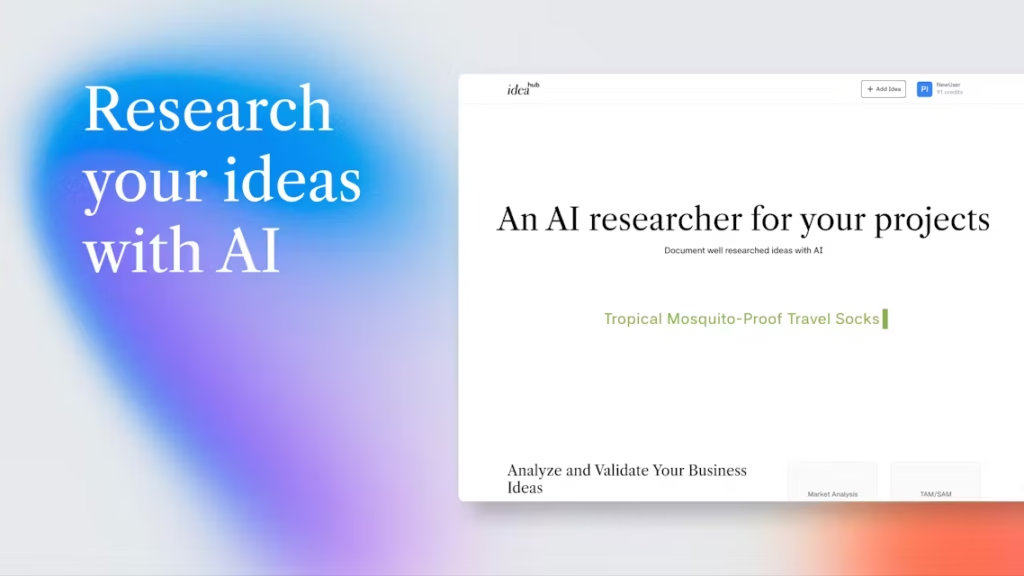Executive Summary
Trae 2.0 is an AI-driven integrated development environment (IDE) that promises to streamline coding, debugging, and deployment through natural language prompts. Built on the VS Code kernel, it supports major AI models like Claude, GPT, and Gemini, offering a unified workspace for developers. With features like voice interaction, MCP integration, and a “Builder” mode, it targets both solo developers and teams looking to accelerate workflows. Early adopters praise its ability to reduce boilerplate work, though some question its reliability for complex projects.
Key Features Analysis
AI-Powered Development
Trae 2.0 leverages multiple LLMs to translate plain-text prompts into functional code. The “Builder” mode is particularly impressive—describe a feature, and it generates structured outputs, from initial scaffolding to deployment scripts.
Tool Integration (MCP)
The Multi-Component Platform (MCP) lets you connect external tools (PostgreSQL, GitHub, etc.) with minimal setup. This eliminates the need for manual API configurations, a common pain point in traditional IDEs.
Voice & SOLO Mode
The new voice control feature enables hands-free coding, while SOLO mode consolidates terminals, browsers, and docs into one workspace. The redesigned UI enhances focus, though it might feel cluttered for beginners.
User Feedback Summary
Pros
- Dramatically speeds up prototyping (hours instead of days)
- Reduces repetitive coding tasks
- Great for CRUD apps, APIs, and simple automations
Cons
- Struggles with complex, non-standard logic
- Needs human oversight for edge cases
- Some users report occasional AI hallucinations
As one developer noted on Techify Solutions, it’s “Copilot on steroids,” but not a full replacement for deep expertise.
Performance Analysis
Speed & Efficiency
Trae 2.0 excels in rapid prototyping—users report building MVPs in under a day. The AI autocompletes boilerplate code almost instantly.
Reliability
Accuracy is high for straightforward tasks but declines with nuanced requirements. Always review generated code before deployment.
Usability
The SOLO mode is intuitive, but the learning curve steepens with MCP integrations. Voice control works well but isn’t flawless.
Pricing Analysis
Trae 2.0 follows a freemium model:
- Free tier: Basic AI features, limited MCP connections.
- Pro/Enterprise: Full AI model access, advanced MCP, priority support (pricing undisclosed).
Value is excellent for solo devs; larger teams should evaluate cost vs. manual setup savings.
Frequently Asked Questions (FAQs)
1. Can Trae 2.0 replace developers?
No—it automates repetitive tasks but still requires human oversight.
2. Which AI models does it support?
Claude, GPT, Gemini, and others via integration.
3. Is there offline functionality?
Limited; most features require cloud-based AI.
4. How secure is the MCP protocol?
Uses standard encryption, but audit integrations for sensitive projects.
5. Can I use it for mobile app development?
Yes, but web apps are its strongest suit.
6. Does it work with legacy codebases?
Partially—refactoring support is still evolving.
7. Is voice interaction available in all languages?
Currently optimized for English; others may have limited accuracy.
8. Can I self-host Trae 2.0?
No, it’s a cloud-based SaaS platform.
9. How does it compare to GitHub Copilot?
Trae offers end-to-end workflow automation; Copilot focuses on code suggestions.
10. What’s the learning curve like?
Moderate—easier for VS Code users, harder for MCP customization.
Final Verdict
Pros
- Unmatched speed for prototyping
- Reduces manual coding significantly
- All-in-one workspace with SOLO mode
Cons
- Not foolproof for complex logic
- Enterprise scalability needs refinement
- Voice control is hit-or-miss
Ideal for: Solo developers, startups, and teams working on standard web apps. Not yet ready for mission-critical, highly custom systems.
Verdict: 4.2/5—Trae 2.0 is a game-changer for productivity, but human expertise remains essential.



